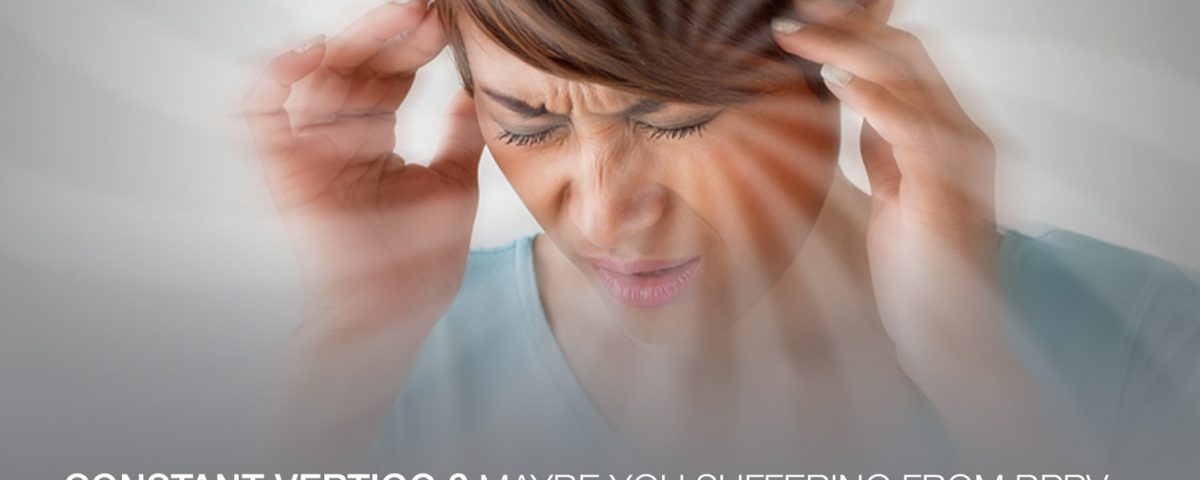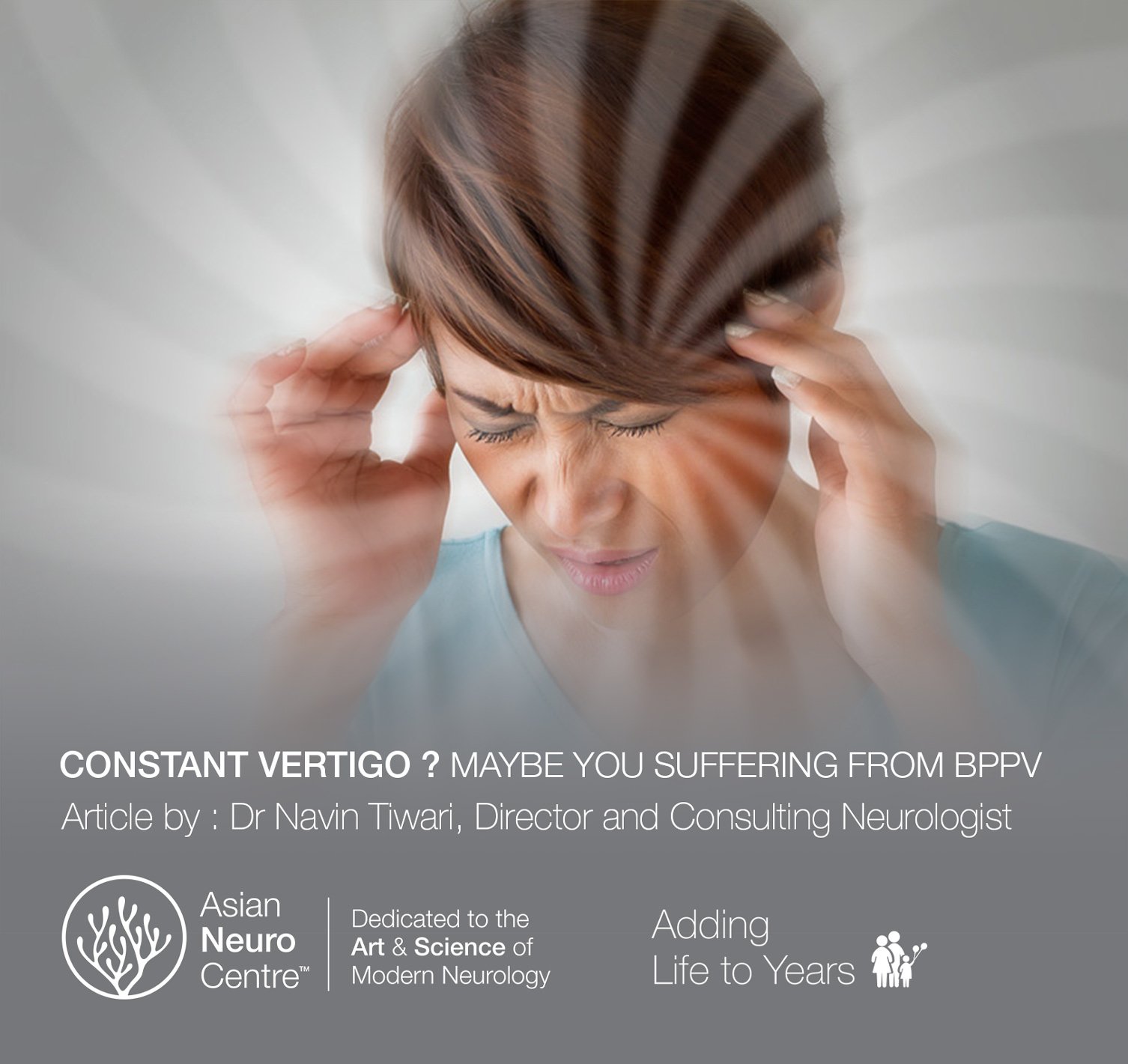- Have any questions?
- 911 12345 29
- info@asianneurocentre.com
Constant Vertigo? Maybe you suffering from BPPV – Article by Dr Navin Tiwari, Renowned Neurologist from Indore.

लकवा व ब्रेन स्ट्रोक को समझें
February 19, 2019
Feedback after Stroke Treatment in Indore. Word of appreciation from a renowned breast surgeon.
March 7, 2019Constant Vertigo? Maybe you suffering from BPPV – Article by Dr Navin Tiwari, Renowned Neurologist from Indore.

Constant Vertigo? Maybe you suffering from BPPV (benign paroxysmal positional vertigo)- article by Dr Navin Tiwari, Renowned Neurologist and Director Asian Neuro Centre, Indore.
Most of us at some point of life might have suffered from “Vertigo” which disappeared on its own sometimes with or without treatment. If this vertigo appears again and again or persists for a longer duration than u might be suffering from so-called benign paroxysmal positional vertigo or BPPV. It may be a strange name, but you don’t have to worry. This condition is easily treatable and manageable.

What is the cause
Benign paroxysmal positional vertigo is a very common condition, with an approximate incidence of 110 cases per 100,000 inhabitants every year. Nearly 2.5% of people develop this medical condition in their lifetime. This usually affects adult people, with age between 20 and 60 years being the most affected. Till now no exact cause has been found for BPPV, Most cases are idiopathic, however, several studies have shown that it might have some association with head injury, migraines, inner ear infection or inflammation (labyrinthitis), diabetes mellitus, osteoporosis and post-operatory cases and people who underwent dental procedures.
The inner ear is comprised basically of 3 semicircular canals and filled with fluid (endolymph), and the utricle and saccule, which contains some calcium carbonate crystals, known as otoconia or otoliths in its interior. These structures have the responsibility of keeping a normal balance sensation during everyday activity. When these calcium carbonate crystals dislodge themselves from the utricle, and migrate into the semicircular canals (the most commonly affected is the posterior canal because of its position) these crystals interferes with the normal flow of endolymph throughout the internal ear, sending wrong signals or an abnormal balance sensation to the brain, producing vertigo and dizziness.
What are the signs and symptoms?
Because of the movement of these crystals inside the semicircular canal symptomatology occur. These vertigo episodes are brief, repetitive and can be triggered by simple movements of the head such as looking up or down, sudden head movements, bending the head and rolling over in bed, lying on the bed, or getting up from lying down position, in short this vertigo is provoked by neck movement. Sometimes the severity is so much that the patient is afraid of making movements, he restricts himself to a room. These episodes of vertigo are accompanied by nausea and vomiting, headache, visual disturbances (nystagmus). Here one thing is important to mention that BPPV does not produce constant dizziness, syncope and does not affect your hearing ability.
How is BPPV diagnosed?
Diagnosis of BPPV can be made by carefully knowing the patient’s history and by performing a specialized test the Dix-Hallpike test or the roll test. In these tests, the neurologist evaluate the semi-circular canal affected, the level of dizziness and nystagmus that the patient develops during the test.
How is BPPV treated?
BPPV is easily manageable. There is no role of medication in case of BPPV, medicine might give subtle or temporary relief but it is not long lasting. the treatment is mechanical and is done through manoeuvres that are performed in specialized vertigo clinic that take advantage of gravity to guide the otoliths back to their normal position. These manoeuvres are called Canalith Repositioning Maneuvers.

1 Comment
Very nice information.. please elaborate CANALITH REPOSITIONING MANEUVERS